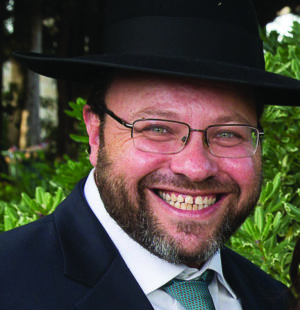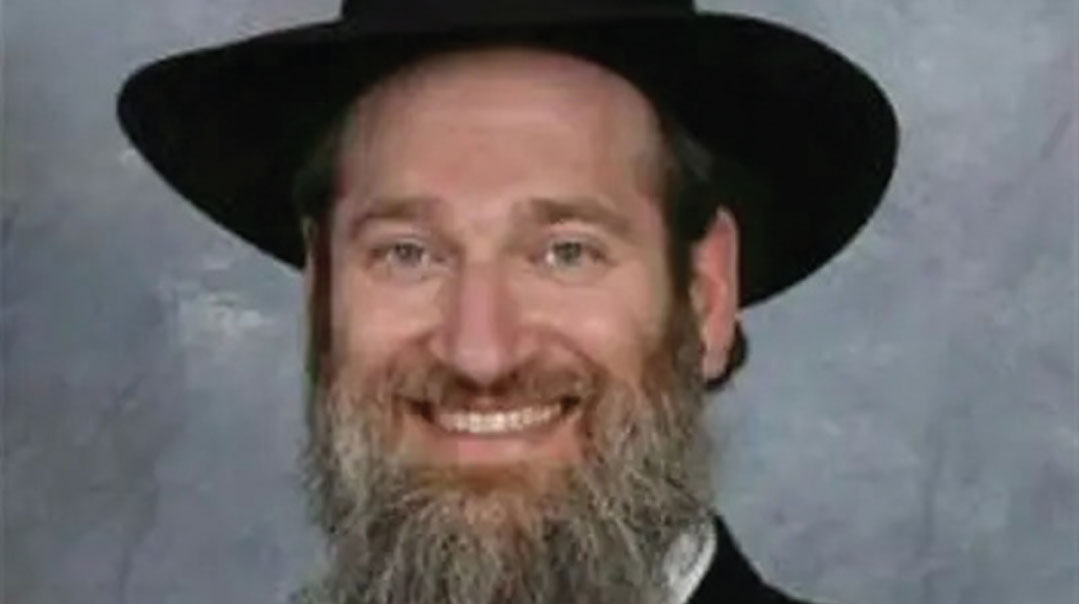Summer Trip Souvenirs

Memories of the trip that inspired us to be greater
S
ummer is here, time once again to undertake that ancient Israelite tradition — the family trip.
It dates back to after we received the Torah on Shavuos — we stayed at Sinai for a little over a month, and then started planning our first summer trip into the wilderness on the way to Eretz Yisrael. Like most family outings, this one had its hitches — complaints about the food, sullen natives unhappy about foreign tourists coming to check out their land, changing travel plans that caused us to wander around a lot longer than we planned to. Forty years longer, in fact.
(All this is recounted in the last few weeks’ parshiyos. Maybe this is why we always read them this time of year.)
Of course, no family trip is complete without all the delightful fights. “Why does he get to sit in front?” “She started it.” “I’m bored.” “This is not what you told us it would be like.” “Are we there yet?” “When can we go back home again?” Yes, this annual Jewish ritual reminds us why we are grateful our children are in school all year.
Yet, as every tour guide knows, the happy family pictures and the souvenirs are what we remember from the trip. It doesn’t matter how hot and sweaty everyone was, how jetlagged they felt — if we came away with great pictures and cool memorabilia, then the trip was a success. The jewelry we bought in Tzfas and the amazing family portrait at the Kosel will reframe and define our summer experience together, and make it all worth it.
Fascinatingly, our first family trip through the wilderness also ended with a take-home souvenir —except this one was Hashem’s idea of what we needed to remember from the journey. Parshas Korach, like many family trips, had a fight akin to “Why does he get to sit in the front?” Korach and his group of 250 men team up against Moshe and Aharon, demanding equality and new leadership. “Who are you to rule over the Jewish People? We are all holy.” Korach wants to sit in front.
Yet unlike Rabbi Schwartz, who just turns up the music a little louder to drown out the fighting in the backseat, Moshe implores them to recant. When they ultimately refuse, he leaves it up to Hashem to decide, and the earth opens up and swallows them alive. Ahhh... quiet at last.
But then the people accuse Moshe of being responsible for the deaths of Korach and his group. Hashem now wants to end the whole trip — a familiar story, one I’m sure many who have sat in the driver’s seat can relate to.
(This is why it’s always good to travel with both parents — when one has had enough, the other calms the kids down so the trip can continue until its very bitter end. In our family, my wife and I alternate in that role, although she generally takes the lead in calming things down.)
As the Torah recounts, Moshe and Aharon get everyone to simmer down (14,700 deaths by plague later), and the trip goes on. And now we come to the beautiful part of the story.
Once and for all, Hashem decides to show the nation what this is really all about. Although they are by now sitting very quietly in the backseat, they apparently still need convincing. He commands the head of each tribe to place a staff in the Mishkan; the staff that has flourished by the next morning will show which tribe has been chosen by Hashem to serve as Kohanim for Klal Yisrael.
The next morning as they arise, “Walla” (as we say in Israel), Aharon’s staff has sprouted flowers, buds, and almonds, and the case is closed. The Jewish People, recognizing their mistake (finally!), fear retribution once again. But Hashem reassures them that Aharon and his children are forever charged with protecting the sanctity of the Mishkan, and the Jewish People will be protected in that merit as long as they continue to respect the Kohanim’s authority.
And then, the souvenir. The Rav of Brisk notes the fascinating detail that afterward, the tribal heads took home their staffs. This didn’t seem like something we would want to remember — the trip going really sour, thousands dead, all the fighting, and the final blow that no one besides Aharon can lead. These staffs were like losing raffle tickets for the coveted prize of kehunah, so to speak, something you’d crumble up and throw in the garbage on the way out.
Yet the Brisker Rav points out that the tribal heads took these staffs home with them, because they wanted to remember the incident. The staffs represented their desire for greatness, to be close to Hashem and serve Him as Kohanim. It was also a reminder that Hashem didn’t throw them out of the car — although they certainly deserved it. Rather, He took the time to explain to them that Aharon was meant to flourish and lead, while their staffs were meant to journey on and grow.
Rabbi Yisroel Reisman suggests these stories hold an incredible insight into the proper way to guide our children. He cites the Rambam’s teaching that ultimately, neither the miracles of Egypt nor the punishments for misbehavior afterward were enough to convince the Jewish People that Moshe and Aharon were their proper leaders. Instead, it was the beautiful wonder of Hashem. The invitation to bring their staffs to the Mishkan, and the resulting flowers, blossoms, and almonds, had much more impact than the deaths, plague, fire, and splitting of the earth. This method worked so well that the tribes even took those staffs home with them, seeing the value of the lesson. Those staffs were the souvenirs by which they would always remember their trip.
As the summer kicks off, our own journeys begin. Our families will have memories of the special moments that we share together. I always find it amusing and ironic that the Schwartz family souvenir of choice, in the many stops along our trips, is a shot glass — perhaps because we all needed a stiff drink when we recalled all that we endured together.
Yet with the right frame of mind, our trips can bring our families closer, and serve as opportunities for learning and growing. Most importantly, we should come away with staffs to remind us each what we hold and carry within us as we march forward in the service of Hashem. If we just focus on the flowers and the blossoms and the miracles of potential, we will have the memories we need for a lifetime of the trip that inspired us to be greater.
Are we almost there?
Originally featured in Mishpacha, Issue 768. Rabbi Schwartz, a former outreach professional, rosh kollel, and rav in New York, Iowa, Virginia, and Seattle, moved in 2010 to Eretz Yisrael, where he is the rav of the Young Israel of Karmiel and a professional tour guide. His column will appear once a month.
Oops! We could not locate your form.




